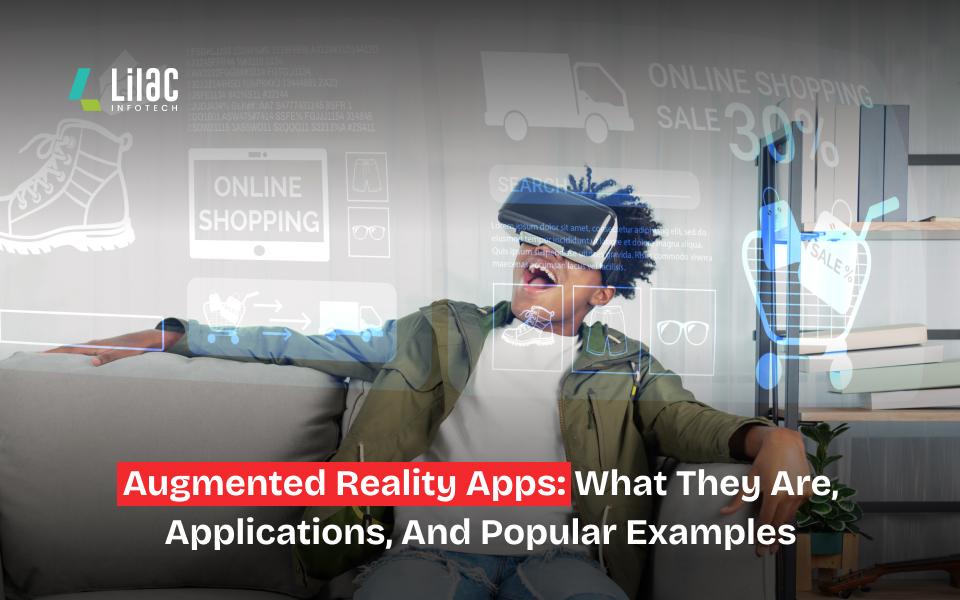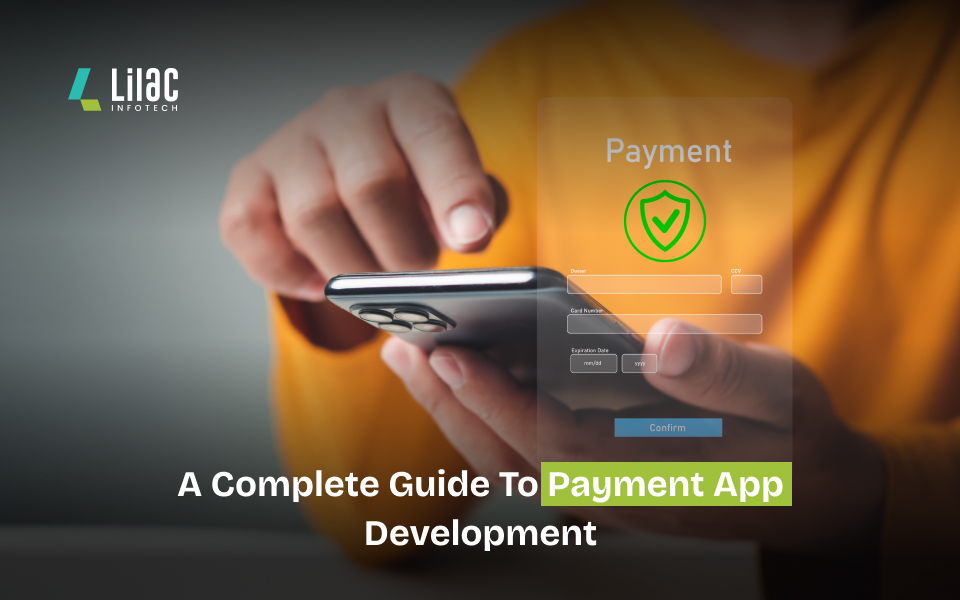
In the ever-evolving digital marketplace, the food delivery ecosystem has become a central pillar of urban convenience. Platforms like Zomato and Uber Eats have revolutionized how consumers experience food—providing restaurant access, real-time delivery tracking, multiple payment options, and user reviews all at their fingertips. With 2025 shaping up to be another landmark year for mobile-first innovations, now is the perfect time for entrepreneurs and businesses to step into the fast-growing world of food delivery applications. If you're planning to develop a powerful, user-friendly, and Rjourney—from idea to launch.
Why Build a Food Delivery App in 2025?
As of 2025, the global food delivery market is estimated to surpass $500 billion. In India alone, food delivery usage has grown by over 40% year-on-year, driven by a tech-savvy population, busy urban lifestyles, and post-pandemic consumer habits.
Here’s why building a food delivery app in India makes sense now more than ever:
Growing demand for doorstep convenience
Increased internet and smartphone penetration
Rise in single households and working professionals
Surge in hyperlocal logistics and last-mile delivery solutions
Opportunities in Tier 2 and Tier 3 cities
Whether you want to build a platform like Zomato, Swiggy, or Uber Eats, having a strong understanding of the process and the right technology partner is critical.
Key Business Models for Food Delivery Apps
Before development begins, define your app’s business model. This will determine the features, revenue structure, and complexity of your food delivery software.
1. Order-Only Model
Acts as a bridge between customers and restaurants. Restaurants handle their own delivery (like Zomato's early model).
2. Order & Delivery Model
The app facilitates both food ordering and delivery logistics (like Uber Eats and current Zomato).
3. Cloud Kitchen Model
Integrates only with virtual kitchens or brands without a dine-in setup, enabling higher margins and scalability.
4. Aggregator + Marketplace Model
Enables multiple restaurants and delivery agents to register and work on a commission basis.
Core Features of a Food Delivery App Like Zomato or Uber Eats
To compete in 2025’s competitive landscape, your food delivery app must deliver top-notch features for all users—customers, delivery agents, and restaurant partners.
Customer App Features
User Registration/Login
Search Restaurants by Location/Cuisine
Smart Filters & Recommendations
Live Order Tracking
Payment Gateways (UPI, Wallets, Cards, COD)
In-App Chat with Delivery Partner
Promo Codes & Coupons
Review & Ratings System
Reorder & Favorites
Restaurant Panel
Restaurant Dashboard
Menu Management
Order Management
Earnings Reports
Offer Management
Ratings & Feedback
Delivery Agent App
Order Notification
Navigation & Route Optimization
Delivery History
Availability Toggle
Earnings Summary
Admin Panel
Dashboard & Reports
Restaurant/Agent/User Management
Commission Management
Notifications & Promotions
Support Management
The integration of all these features into a seamless UX is what makes a food delivery application successful in the modern market.
Step-by-Step Guide to Building a Food Ordering App in 2025
Here’s a simplified guide on how to develop a food ordering app similar to Zomato or Uber Eats:
Step 1: Market Research and Validation
Start with an in-depth study of your target audience, competitors, restaurant trends, and delivery logistics. Identify gaps in existing services and define your Unique Selling Proposition (USP).
Ask questions like:
Are you targeting a niche (vegan, regional food, tiffin services)?
Which cities will you launch in first?
What delivery challenges will you solve?
Step 2: Define Key Features and Scope
Decide on the version of your MVP (Minimum Viable Product). The MVP should include only the most essential features for early testing. Based on real user feedback, you can scale your food ordering app services in India later.
Step 3: Choose the Right Tech Stack
Your technology stack will affect your app’s speed, scalability, and cost. Here's a modern and scalable tech stack to consider:
Frontend (Mobile): Flutter, React Native
Backend: Node.js, Django, Laravel
Database: Firebase, MongoDB, PostgreSQL
Real-Time Updates: Socket.io, Firebase Realtime DB
Maps & Routing: Google Maps API, Mapbox
Payments: Razorpay, Stripe, Paytm, Cashfree
Push Notifications: Firebase Cloud Messaging
Choosing the right food delivery software architecture ensures speed, security, and low latency in real-time services.
Step 4: UI/UX Design
Design is where your food app starts building brand identity. The layout should be:
Clean and minimal
Easy to navigate with one-hand use
Include smart search and personalization
Ensure fast loading time and intuitive actions
Focus on designing the food delivery app for mobile-first users with simplicity in mind.
Step 5: Development & Testing
This phase includes:
Coding the frontend and backend
Integrating APIs and services
Performing unit and integration tests
Ensuring compatibility with both iOS and Android
Testing is vital. Ensure your food delivery app in India functions seamlessly under different networks, devices, and scenarios.
Step 6: Launch & Marketing
Once tested, launch your app with a marketing strategy that includes:
Influencer partnerships
Restaurant onboarding programs
App Store Optimization (ASO)
Local SEO and Google Ads
Promo codes for first-time users
Remember, even the most feature-rich food ordering app won’t succeed without solid branding and user acquisition.
Step 7: Post-Launch Support & Updates
Success doesn’t end at launch. Continuous updates, user feedback collection, and backend monitoring help keep your app competitive. Add new features like:
AI-based food recommendations
In-app delivery tipping
Loyalty programs
Scheduled orders
Must-Have Integrations for Food Delivery Applications
Your app is only as strong as the integrations it supports. These services streamline operations and improve the user experience.
Live Chat Support (Zendesk, Freshchat)
Real-Time Order Tracking (Google Maps, Mapbox)
SMS and Email Notifications (Twilio, SendGrid)
AI Chatbots for Ordering
Analytics Tools (Mixpanel, Firebase Analytics)
A strong back-end supported by these tools ensures a frictionless experience for customers and business operators alike.
Cost of Developing a Food Delivery App in 2025
The cost of developing a food delivery app in India can range from ₹8,00,000 to ₹25,00,000 or more, depending on:
Features and complexity
Number of user panels
Technology stack used
Development time
UI/UX design quality
Third-party API integrations
Choosing a reputable development partner like Lilac Infotech ensures you get scalable and budget-conscious solutions without compromising on performance.
Why Choose Lilac Infotech for Food Delivery App Development?
At Lilac Infotech, we specialize in crafting custom, robust, and user-centric food delivery software for startups and enterprises. We are experienced in delivering:
Scalable food ordering apps for Android & iOS
Integration of real-time delivery tracking systems
Custom-built restaurant dashboards
Cloud kitchen platform development
AI-driven order recommendation engines
Our Services Include:
UI/UX Design
Full-stack Development
Third-Party API Integrations
Testing & QA
Deployment & Post-Launch Support
Digital Marketing for App Promotion
If you're looking for the best food ordering app services in India, we’ve got the tools, the team, and the experience to make your vision a reality.
Future Trends in Food Delivery Apps (2025 and Beyond)
To stay ahead in the food tech race, your app should be prepared to adapt to trends like:
Drone & Robot Deliveries
AI-powered Order Recommendations
Voice Assistant Ordering
Hyper-personalized Offers
Eco-friendly Packaging Selection
Building a future-proof food delivery application requires continuous innovation and the right development partner who understands the market dynamics.
Conclusion
Creating a successful food delivery app like Zomato or Uber Eats in 2025 is all about understanding the market, choosing the right technology, delivering an unbeatable user experience, and having a reliable development partner. With the food delivery market poised for further growth in India and worldwide, there’s never been a better time to invest in digital dining. If you're ready to bring your idea to life, Lilac Infotech is your trusted partner for modern, scalable, and feature-rich food delivery app development.
Post a Comment
Recent Comments
At GiftBasketWorldwide.com, we believe that every gift tells a story—of love, celebration, connection, or gratitude. As a globally recognized name in the gifting industry, we specialize in delivering premium gift baskets to the USA from anywhere in the world. Whether it’s a holiday, a birthday, a milestone, or simply a moment worth celebrating, we help you make memories that matter through our seamless online gift baskets delivery USA service.Website: https://www.giftbasketworldwide.com/usa



















Themaeva Store is your premier destination for luxury, unique, and designer home decor. With a passion for elegance and a dedication to quality, we bring you a carefully curated collection that blends sophistication with personality. Our goal is to help you design spaces that feel beautiful, inviting, and uniquely yours.Website:https://www.themaevastore.com/blogs/home-decor/crafting-beautiful-homes-embrace-aesthetic-and-designer-home-decor